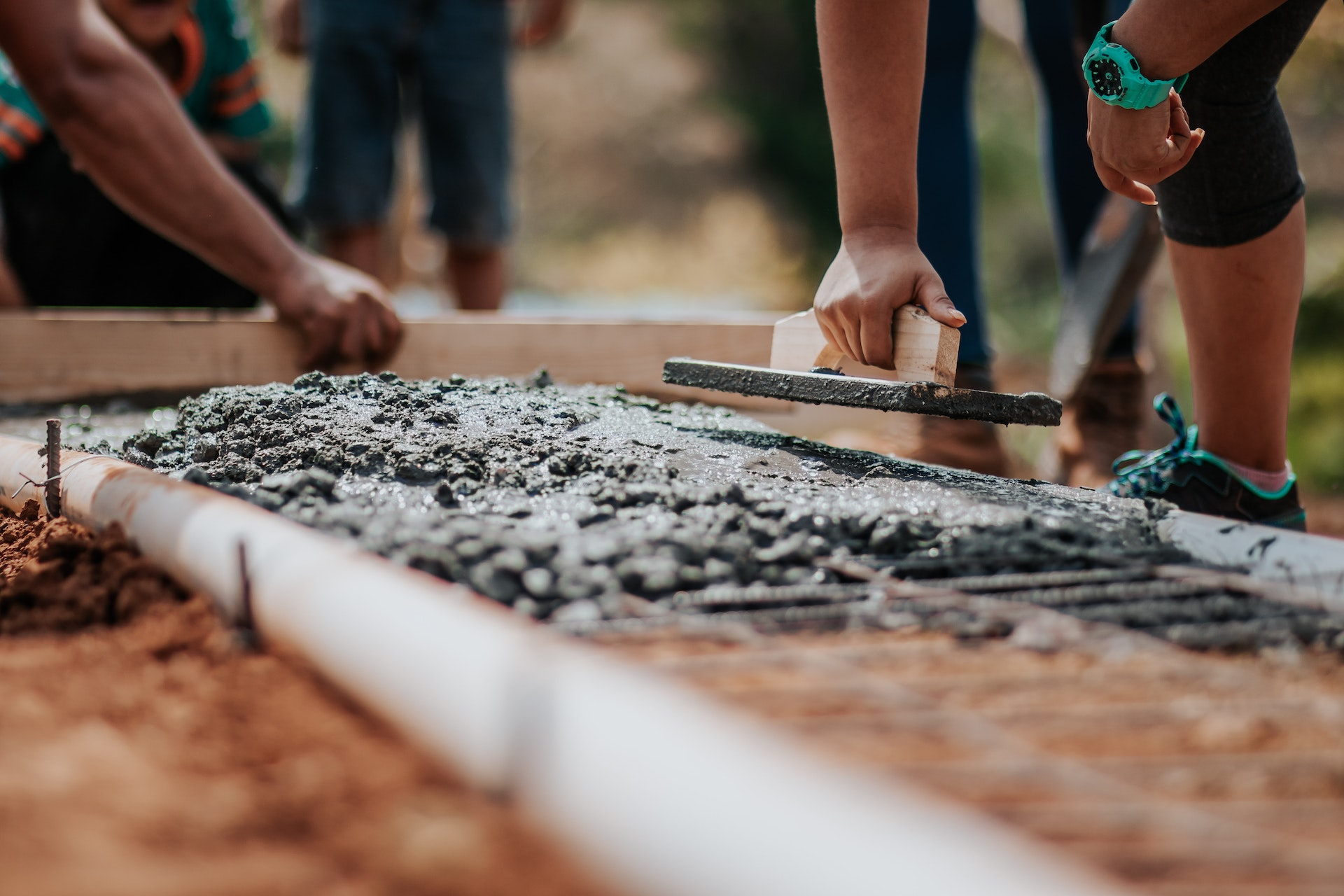When it comes to construction projects, the key to success lies in the quality of the foundation. Concreting, a fundamental technique in the construction industry, plays a pivotal role in creating durable and long-lasting structures. In this article, we will delve into the intricacies of concreting, its importance, and the steps involved in achieving a flawless concrete foundation.

Concreting
The Role of Concreting in Construction
Concreting serves as the backbone of various construction projects, ranging from residential buildings to commercial complexes and infrastructure development. A well-executed concreting process ensures stability, load-bearing capacity, and resistance to environmental factors.
Understanding the Concreting Process
1. Site Preparation
The journey to a solid concrete foundation begins with thorough site preparation. Clearing the area, leveling the ground, and ensuring proper drainage are essential steps to create an optimal base for concreting.
2. Formwork Assembly
Formwork acts as a mold that shapes the concrete into the desired structure. It provides support and containment during the pouring and setting stages. The formwork needs to be sturdy and well-secured to prevent any leakage or deformation.
3. Reinforcement Placement
Reinforcement, such as steel bars or mesh, enhances the concrete’s tensile strength and prevents cracking. Strategically placing reinforcement within the formwork ensures uniform distribution of strength throughout the structure.
4. Concrete Mixing
Accurate mixing of concrete ingredients is crucial for achieving the desired properties. The right proportion of cement, aggregates, water, and additives should be used to create a workable and durable concrete mix.
5. Pouring and Compaction
During this stage, the prepared concrete mix is poured into the formwork. Proper compaction using vibrators eliminates air pockets and ensures that the concrete settles evenly. This step contributes to the concrete’s strength and integrity.
6. Finishing Touches
Finishing techniques, such as troweling and smoothing the surface, give the concrete its final appearance. Additionally, curing the concrete by maintaining appropriate moisture levels is essential to prevent cracks and enhance durability.
Importance of Quality Concreting
Investing in high-quality concreting offers several advantages:
- Structural Integrity: A well-constructed concrete foundation provides the necessary support for the entire structure, ensuring its stability and longevity.
- Durability: Quality concreting enhances the resistance of the structure against environmental factors, such as moisture, temperature changes, and chemical exposure.
- Aesthetic Appeal: Proper finishing techniques contribute to an aesthetically pleasing final look, whether it’s a smooth surface for flooring or an attractive façade.
Transition Words and Their Significance
Transition words play a pivotal role in guiding readers through the content smoothly. They provide a logical connection between ideas and improve the overall readability of the article. Some commonly used transition words include “moreover,” “in addition,” “furthermore,” and “however.”
Conclusion
In the realm of construction, concreting stands as a crucial technique that lays the foundation for successful projects. By understanding the concreting process and its significance, you can ensure that your construction endeavors are built upon a solid and reliable base. Quality concreting not only guarantees structural strength but also contributes to the overall resilience and aesthetic appeal of your creations. So, whether you’re erecting towering skyscrapers or crafting a charming abode, remember that the art of concreting is your pathway to a robust and enduring masterpiece.



